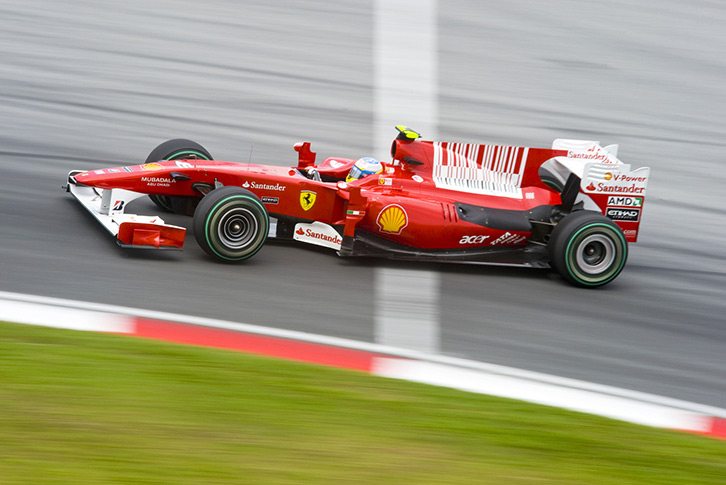Formula One has laid the hammer on engine cover shark fins for the upcoming racing season.
In a November Strategy Group meeting, Formula 1 officials discussed several mandates, rule changes, and critical issues, one of which was the future of shark fin engine covers making the rounds on various teams. After a vote was cast in favor of keeping the shark fins, racing stalwart McLaren laid the dissenting argument, wanting to produce a smaller design.
"I don't understand why everyone went to do something else other than the regulations," said Eric Boullier, McLaren team director. "It has been voted months ago to go with no shark fin - a sort of mini shark fin."
Because the vote was cast amidst a slate of current redesigns by prominent teams, foul display is suspected to be an issue. Teams such as Force India and the Red Bulls have aerodynamic specialists and engineers at hand reconstructing cars under the assumption the shark fin would remain. Now, some teams are scrambling to adjust.
A well-built shark fin is capable of stabilizing the rear wing while improving cornering and downforce. Protruding out of each vehicle's rear air intakes, it doubles as a billboard and aerodynamic provider by optimizing airflow for speed and providing stabilization alongside corners, keeping turns tight.
One knock on shark fins is its answer to crosswinds, which often shifts the car's direction, along with its drag force production, limiting top speed. A raised center of gravity can also affect handling.
Look for F1's statisticians to start crunching the numbers in the post-shark fin world to see how it will affect race times.
Photo Credit: Autosport




